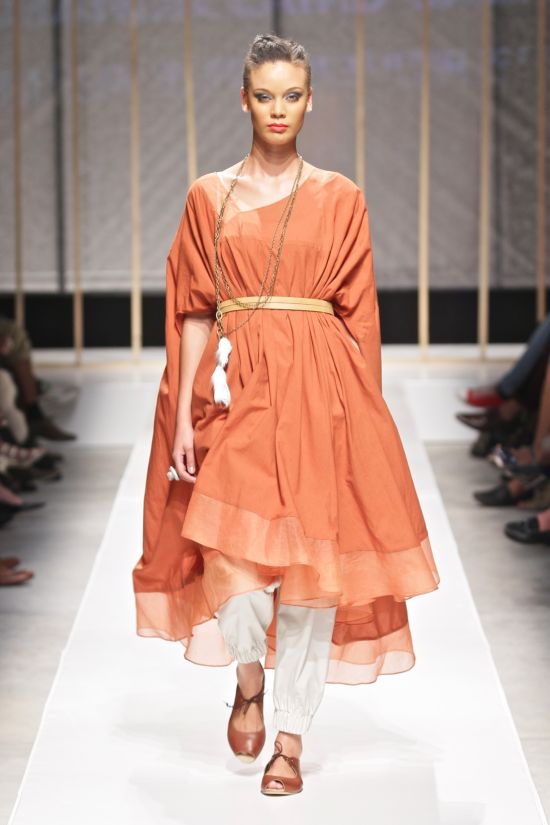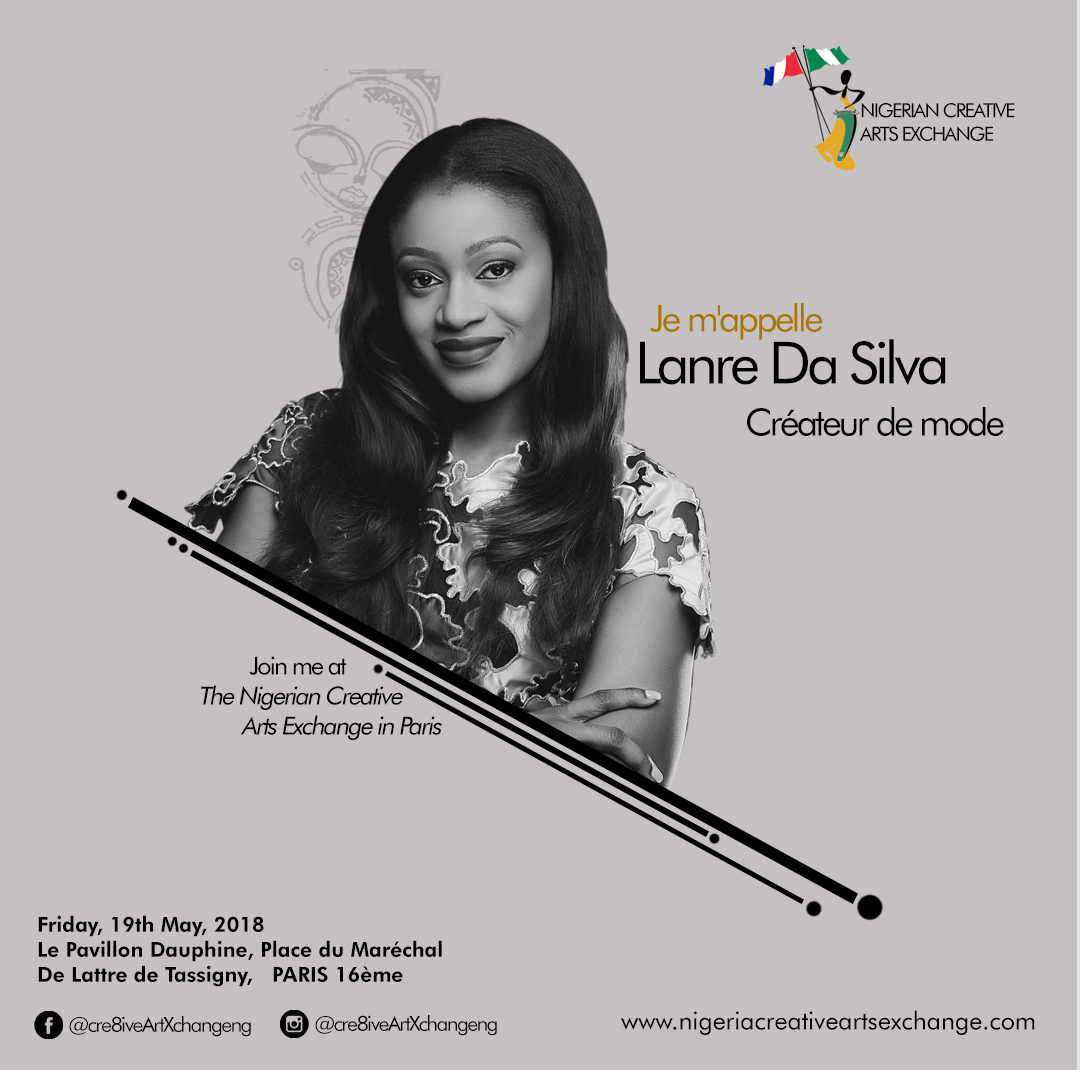 Comedy shows, corporate events, music concerts and parties – including birthdays – all seem to have one thing in common these days- fashion shows.
Comedy shows, corporate events, music concerts and parties – including birthdays – all seem to have one thing in common these days- fashion shows.
It seems almost odd that a designer would choose to hold a fashion show at these non typical events, in particular, at a corporate event.
But a deeper thought into the logic behind such a decision makes it seem not so illogical after all.
Why might a designer choose to host their show at some of these events?
This is usually done because the sales from B-2-B channels (business to business) -that is, sales to retail outlets such as department stores- are inadequate to sustain their cash flow or generating a great enough return on their investment. Most fashion houses in our still-developing African fashion industry thus have to rely on B-2-C channels (business to customer) to remain afloat. Typical B-2-C channels include the fashion label’s flagship store (if they have one), their official website and their social media profiles- sources which when combined do not cover costs.
The beauty of these seemingly non-strategically event choices for fashion shows is that they give both emerging and established designers the opportunity to showcase their collections (and hopefully gain sales) from a congregation of their target market. Since intermediary retail channels such as departments are not properly developed to help drive sales, they find creative means such as this to gain direct access to a potential buyer.
So, how does a designer make the most out of showing at a non-typical event?
A designer should take the following steps or at least, take these points into consideration, before embarking on such a route.
* Show your collection only at select events: It makes no financial sense to put on a show at an event where your target market is not in attendance as you will only incur costs without gaining any revenue.
* Resist the urge to show your collection at flashy events for the sake of gaining brand exposure. Always ask yourself if there is likely to be a net benefit from showing at this event?
* Provide a mini-catalogue to members of the audience along with contact details so that they can place orders. It is not enough to simply put the name of your brand and your contact details on a projection screen following the fashion show. The layout of such a fashion show is likely to be different from that at a regular fashion show where you have seats strategically placed so that fashion buyers can view the collection up close. This makes it imperative that the designers gives the audience the opportunity to take a closer look at the collection, in order to gain interest and possibly sales. Providing a mini-catalogue could also convince those that might have previously been uncertain about making a purchase.
* Get the contact details of those in attendance. This is a cost-free way to gain access to your target market. By adding attendees to your brand’s mailing list, you keep potential buyers in the loop of future collections, give-aways, events and lots more, thus helping build your brand presence within your target market.
In developing industries, brand leaders sometimes have to make unorthodox decisions in an effort to grow their business. I close this article with a word of advice to such leaders: stay open to non-typical promotional ideas. Before implementing such ideas, ask yourself: “does it benefit my business without diminishing my brand’s image.”
-Rolake Adeniran
-Photocredit: Simon Deiner/SDR Photo
Founded in 2007, Ladybrille® Magazine is a California based pioneer digital publication demystifying the image of Africans in the west through contemporary African fashion and celebrating the brilliant woman in business and leadership, with an emphasis on the African woman in the diaspora. Our coverage includes stories on capital, access to markets, expertise, hiring and retention, sales, marketing, and promotions.



